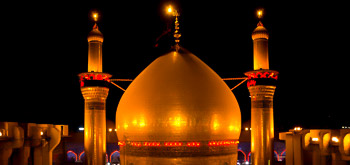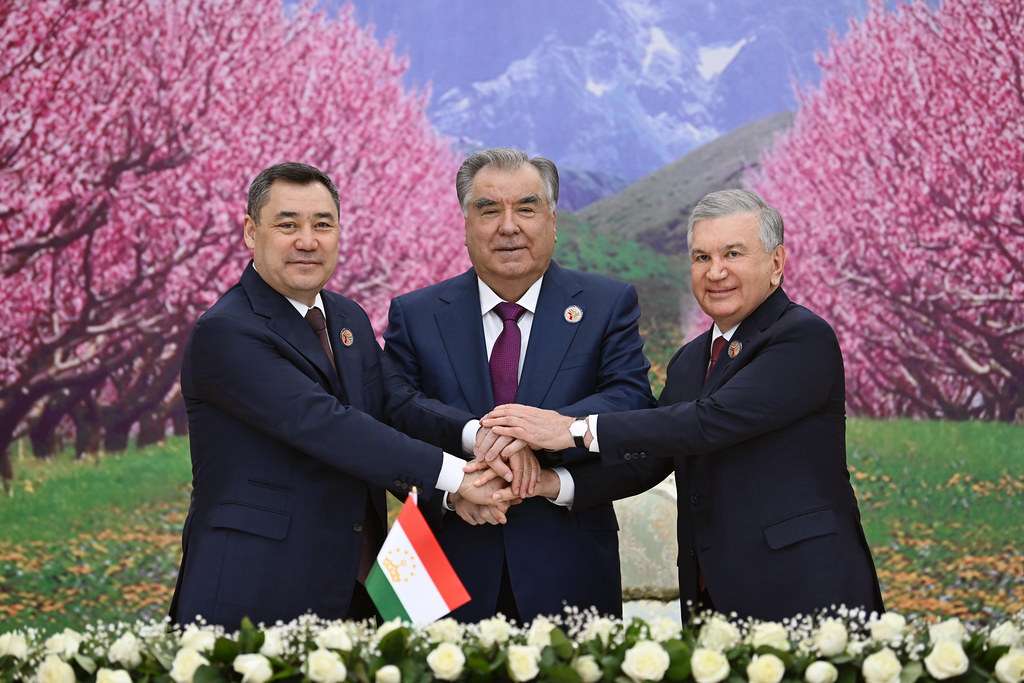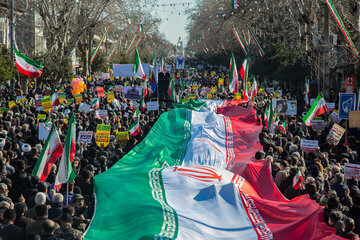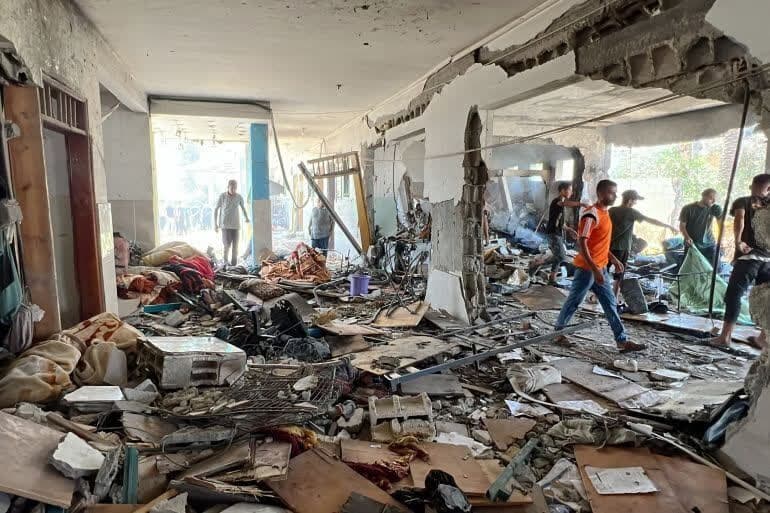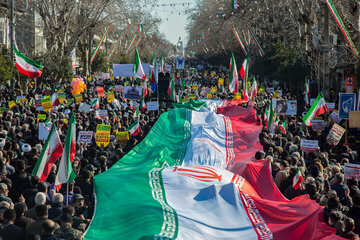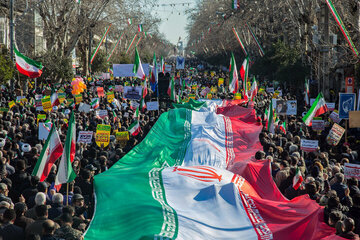Alwaght- Past week marked a significant development for Central Asia that can play a decisive role in the peace and stability prospects in the region. On March 31, presidents of Tajikistan, Kyrgyzstan, and Uzbekistan gathered in Khujand, the second largest city in Tajikistan, to sign agreements officially drawing their border lines and issuing statements of friendship and participation.
The agreement will build on and complement previous efforts to resolve border issues between the three countries, including the recent border treaty between Tajikistan and Kyrgyzstan to end long-standing territorial disputes. It aims at strengthening regional cooperation and addressing historical disputes that have fueled instability.
Since the collapse of the Soviet Union, Central Asia has been facing border disputes. Continuous disputes have repeatedly led to limited clashes between regional countries.
Accordingly, the trilateral Khujand agreement is one of the most important developments in Central Asia, with far-reaching geopolitical, economic, and political implications. The agreement was worked out in response to regional challenges such as water resource management, transit facilitation, economic development, and to ease border tensions, and could create a new path for regional cooperation.
Records of dispute of three countries
After breakup of the Soviet Union in 1991, Central Asia has been grappling with many problems. Tajikistan, Uzbekistan, and Kyrgyzstan were countries that faced unclear demarcation of borders, disputes over water sources, and trade. After independence, Tajikistan and Uzbekistan went into disputes over border lines that were not resolved until 2018.
Border tensions have always been a source of political, economic and trade disputes. Actually, they themselves fueled political disputes. For example, under Islam Karimov (former President of Uzbekistan), Turkmenistan had limited relations with Uzbekistan and Tajikistan and pursued an isolationist policy. During this period, Uzbekistan repeatedly blocked Tajikistan's trade routes and even cut off railway lines between the two countries in 2012. Turkmenistan, on the other hand, showed little interest in economic cooperation with Tajikistan and focused more on its relations with China and Russia.
Beside the border disputes, water and energy have always been sources of crisis in Central Asian relations.
The Syr Darya and Amu Darya rivers are two vital sources of water and energy in Central Asia. In recent years, Tajikistan, as an upstream country, has raised concerns in Uzbekistan and Turkmenistan with the construction of large dams such as the Rogun. Uzbekistan depends on these water resources for agriculture and has repeatedly expressed strong opposition to Tajik dam construction in the past.
Content of the trilateral agreement
In recent years, especially after changes in Uzbek leadership and efforts to resolve regional disputes, the three countries have signed agreements to strengthen economic cooperation, ease border tensions, and sustainably manage natural resources.
1. Managing water and energy resources
The agreement on water and energy resources should be seen as one of the most important aspects of Khujand agreement which includes commitments to ease the water and energy concerns of the three countries. Here are some of them:
- Agreement to jointly exploit the region's rivers and de-escalate tensions over dam construction
- Tajikistan's commitment to optimal water management and providing guarantees to prevent water shortage crises in Uzbekistan and Turkmenistan
- Uzbek and Turkmen investment in Tajik hydroelectric projects to balance water and energy supplies
2. Economic and trade partnership
Due to its important geopolitical location and access to important land transit corridors from East to West and North to South, Central Asia has been the focus of major economic and trade projects of economic powers, including China, Russia, India, and Europe in recent years. In this context, the role of Central Asia in advancing the grand Road and Belt Initiative (RBI) of China project is highly significant. However, with the outbreak of the war in Ukraine and the Western economic sanctions against Russia, the importance of the Central Asian transit route has increased, and these issues have in turn caused the countries of the region to realize the need to resolve disputes, especially in border areas and to strengthen trade, customs, and transit cooperation in order to economically take advantage of this historical situation. Accordingly, the Khujand agreement has emphasized economic and trade cooperation, which can be mentioned as follows:
- Cutting trade tariffs and facilitating transit
- Increasing trade of the three countries. It reached about $1.8 billion in 2022 according to official figures.
- Establishing free trade zones and investment in industry and agriculture
- Improving route and rail networks, including conducting projects connecting Tajikistan to international transit routes
- Boosting cooperation to rail-connect Tajikistan to Turkmenistan through Uzbekistan
As a result of these agreements, Uzbekistan and Tajikistan can use Turkmenistan's routes to access the Caspian Sea, which will reduce the cost of transporting export goods, so the volume of trilateral trade is expected to reach more than $3 billion per year by 2030.
3. Border security and military cooperation
Under Khujand agreement, security and military cooperation is put under focus, too. Measures like launching joint border patrols to fight smuggling and enhance security and signing intelligence and security agreements to counter joint threats of terrorism and drug smuggling were part of the agreement.
Possible challenges and barriers
Despite these positive developments, risks keep existing. Public perception of the agreements is mixed with concerns over territorial concessions and resource management. Water disputes, particularly in the Fergana Valley, remain a significant problem.
Several global powers, including China, Russia, and the US also have strategic interests in this region, and increased foreign involvement could complicate regional decision-making. China is likely to seek to use the agreement to bolster RBI, also called New Silk Road, but Russia may be concerned about its declining influence in Central Asia and seek to maintain its role through the Collective Security Treaty Organization (CSTO) or the Eurasian Economic Union (EAEU).
The border agreement may also face resistance from local populations, especially in areas where historical grievances persist. If opposition intensifies, it could undermine implementation efforts. It should be noted that water scarcity remains a critical issue in Central Asia, and any failure or incomplete implementation of the agreements could fuel tensions and threaten the Khujand agreement, especially since potential changes in leadership in the region could lead to changes in cooperation policies.
Security threats: Border regions remain vulnerable to extremism, organized crime, and cross-border trafficking. Weak governance and economic inequalities exacerbate security risks.
Conclusion
Finally, it should be said that this trilateral agreement is a crucial step meant to boosting regional cooperation in Central Asia and can present a new model of economic and political cooperation. Still, its successful execution depends on political will of leaders, implementing border projects and dispute settlement mechanisms, managing historical disputes, and international support. If the agreement is properly executed, it transform Central Asia from a dispute-hit region into a trade and economic hub.




